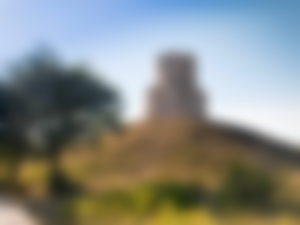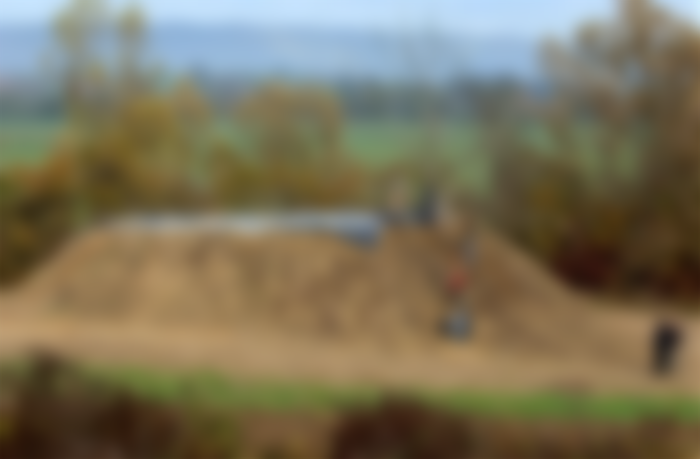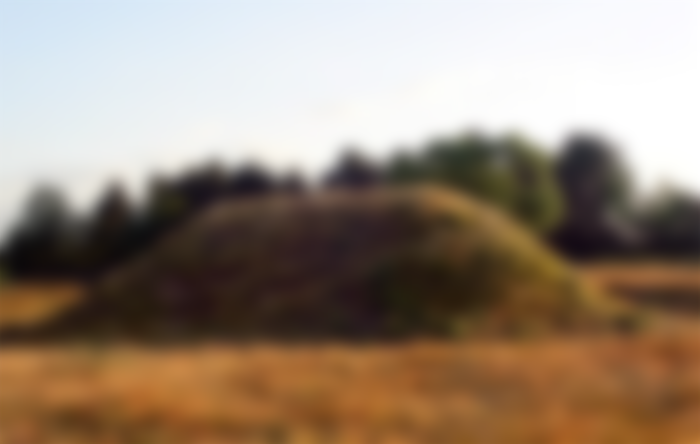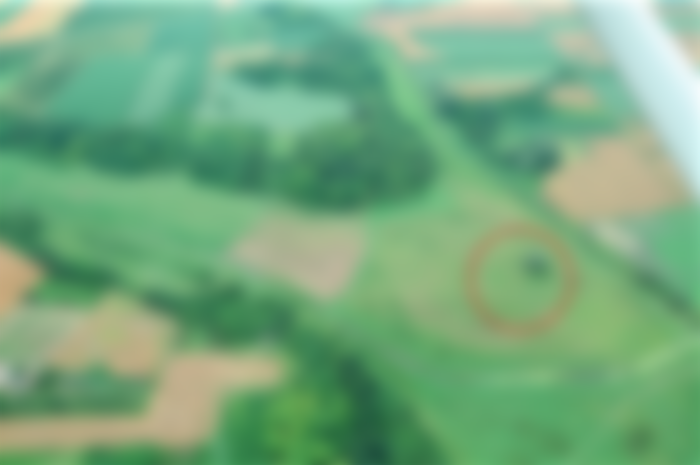If anyone tells you that the pyramids are just a matter of Egypt, China or some other part of the country, by no means be seduced.
Pyramids also exist here in Slavonia, although not those geometric pyramids, but almost identical in purpose and age.

These are, of course, tumuli (tumulus), burial mounds or mounds. Here in Slavonia, it is possible to find tumuli made of earth, a few meters higher than the surrounding terrain. The height, as well as the diameter, vary, probably due to the status of the deceased.


We could roughly divide them into stone and earth, then into circular, oval, elongated, etc., but as the burial included a larger number of the deceased. Along with the tomb itself, gifts were laid in terms of grave goods (weapons, vessels, etc.). Quite a few domestic or wild animals were attached to the ceremony.
Filling the ground above the grave is a sacral act of the inhabitants of that time. The whole tribe would take part in this ancient custom. It would last for days and during that time regret would be expressed through a relationship of work and sadness. The elevation would be a symbolic elevation above death.
The final act of the ceremony on all tumuli consisted of covering the gravestones with yellow clay on which fires were then lit, and the surface of the mound was additionally covered with purified yellow clay mixed with yellow ocher.

Such mounds dominated the plain, and undoubtedly acted strikingly in a landscape that was not covered with forest at the time.
Commemorations with sacrifices, ritual fires, food, drinks and even sleep were all held at the tumuli.
Such tumuli are often found even today in arable lands below which they have been eroded with the surroundings and remained almost imperceptible.

When the Slavs came to these areas they knew that tumuli were special places erected in honor of someone or just as a religious custom. They only upgraded their heritage on them, so we often have Illyrian tumuli with a Slavic, early medieval layer of remains. With the acceptance of Christianity, burial mounds often become the foundations of churches, chapels or some other form of Christian sanctuary. Then whole settlements, forts, so-called forts are built on them.

It is interesting to look at tumuli around the world, from Scandinavia to Turkey. The most interesting are of course the biggest ones. So we have whole mountains built in honor of some king or prince. There is a significant prevalence, almost general, throughout the world of the same or similar features.
In our country, many tumuli were found in the plains and even in the hilly terrain towards Fruška gora. Unfortunately, they no longer look as revived as they did in the beginning. They are lowered, plowed or overgrown, where it was destroyed by the construction of a building or watercourse, etc.
Recently, an entire carriage with horses was found in a Roman tumulus as a ritual accompaniment. We wrote about it last year.
Some other even more famous tumuli are still a secret hidden by the terrain, forests or even the city.

In our country, they were recorded in the area of the village along Vuka, near Bršadin, Gaboš, then near Jankovac, Laz I in Ilača. A complex of 117 tumuli was recently found near Vrbanja.
Throughout history, tumuli have been taken as points of demarcation many times, which sheds new light on this topic.

Unfortunately, today it is still not possible (not in our country) to visit the tumulus tomb, still none has been arranged and reconstructed as part of the heritage. Tomb robbers also pose a danger to these parts of the heritage.
Did earlier cultures respect the land of the dead, worship and build their society with respect to them, or were they like us today, inclined to turn everything into building land and an entrepreneurial zone.








Very good article and I learned a lot about your culture.